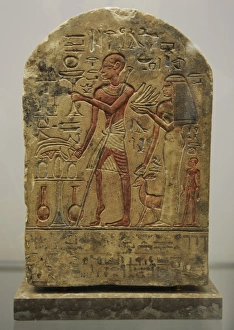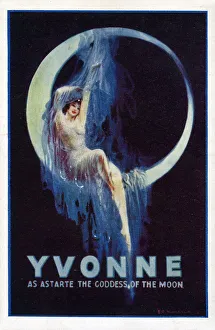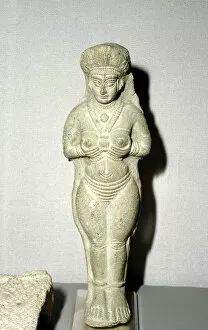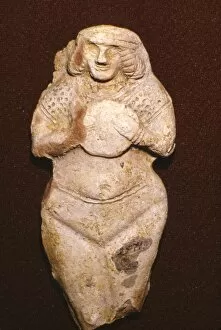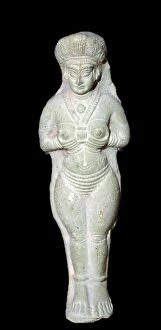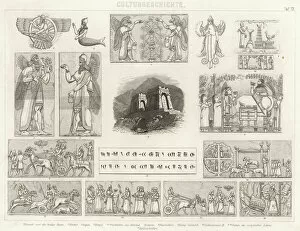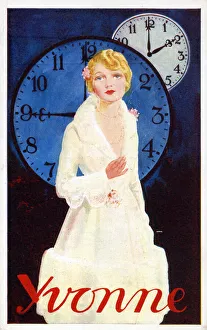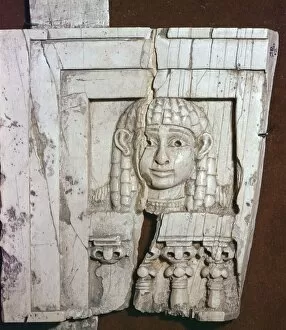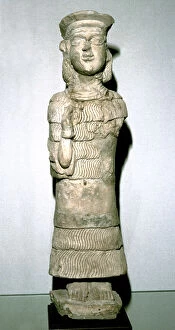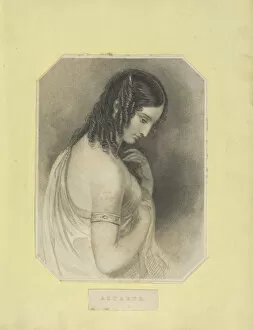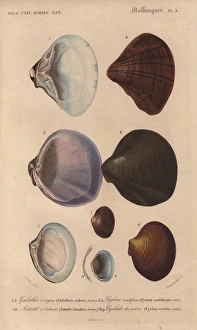Astarte Collection
Yvonne mesmerizes the audience as she embodies Astarte, the ethereal Goddess of the Moon, at Dalys Theatre in London
All Professionally Made to Order for Quick Shipping
Yvonne mesmerizes the audience as she embodies Astarte, the ethereal Goddess of the Moon, at Dalys Theatre in London. The Stele dedicated to this celestial deity by Roma the doorkeeper showcases her divine presence and power. Dating back to ancient times, a terracotta fertility goddess known as Ishtar (Astarte) from Old Babylonian era speaks volumes about her significance in ensuring prosperity and abundance. Another remarkable artifact is a terracotta statue discovered in Susa during the Middle Elamite period, depicting the captivating goddess Astarte (Ishtar). As we delve into history, fossils of extinct bivalves remind us of how civilizations revered Astarte for her connection with nature and life itself. Ancient Assyria's illustrations further illustrate their devotion to this celestial being through intricate engravings. Even on Thames' waters, during yacht matches last week, people celebrated Astarte's influence on their lives and journeys. Figurines of fertility goddesses found alongside their casting molds provide insight into rituals performed to honor Astarte's ability to grant fertility and ensure growth. From head statues found in various locations such as Arbele and Amman, it is evident that Ishtar (Astarte) held immense reverence across different regions throughout history. Yvonne's portrayal at Dalys Theatre brings forth an enchanting depiction of this moonlit deity who has captivated hearts for centuries.

